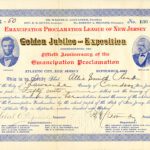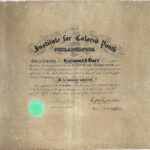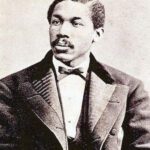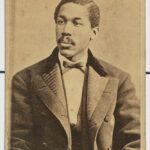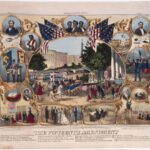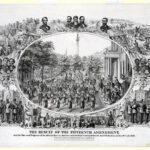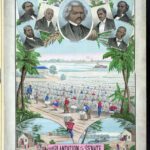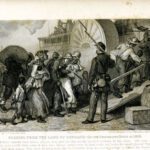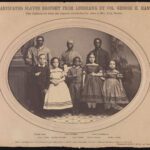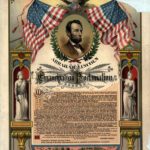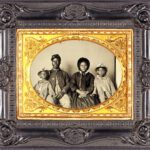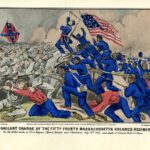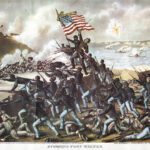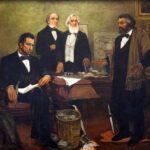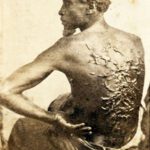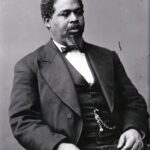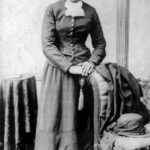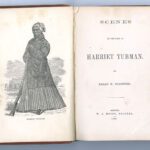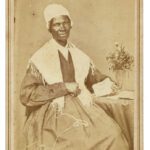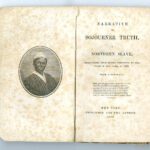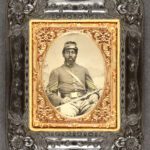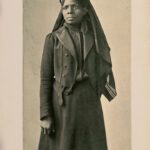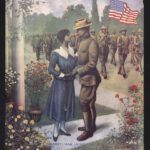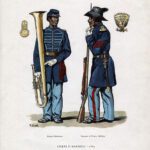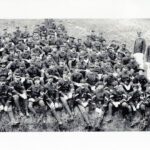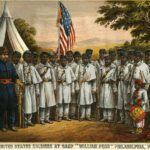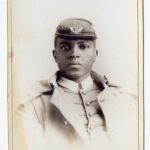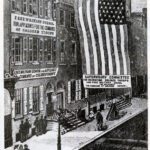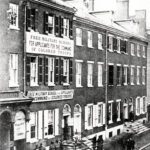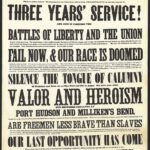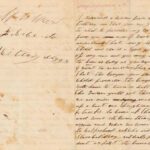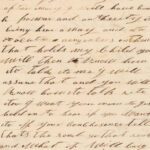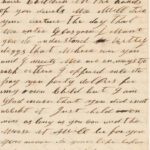
As the teacher, you will read the “Thinking Like a Historian PowerPoint.” The PowerPoint explains the three tiers of historical thinking.
- Building a foundation for acquiring historical knowledge
- Analysis and evaluation of historical material and content
- Context and interpretation of the past
The students will build a foundation for acquiring historical knowledge in this investigation. They will explore mid-19th-century Philadelphia before and during the Civil War. Philadelphia had a vibrant, free Black community that was looking to prove itself equal to white American citizens in a racist society.
The unit will be broken into four lessons that explore building a foundation for acquiring historical knowledge.
- Avoiding the Lure of Historical Presentism
- Building a Personal and Intimate Connection to the Past
- Analyzing and Utilizing Multiple Historical Sources
- The Greater View of History, the Big Picture.
In the lessons, students will explore the situation in Philadelphia as the Abolitionist community worked to transition enslaved Africans into independent workers. They will study the elite in the African American community and how they debated the type of education African American schools should offer. They will explore the problem of youth abusing alcohol and strategies to combat slavery and inequality, one of which is fighting in the Civil War.
The first lesson will have students Avoid the Lure of Historical Presentism. They will discuss different perspectives regarding the Confederate, Nazi, and Soviet flags. They will consider the Declaration of Independence’s phrase “All Men are Created Equal in 1776 and what it meant then. They explore and deliberate on Pennsylvania’s Gradual Abolition of Slavery in 1780 and Quaker Abolitionists placing 134 freed slaves from Africa into indentured servitude before emancipation. They will discuss why the Quakers’ actions were considerate and compassionate in 1800. This lesson can be used at an early period (1780-1800) or use lesson #1 here, so students will experience the entire first tier of “Thinking Like A Historian.”
New Jersey Student Learning Standards
- 6.1.12.EconNE.3.a: Evaluate the impact of education on improving economic opportunities and the development of responsible citizens. One must consider the historical context to better understand the historical perspective.
- 6.1.12.HistoryUP.3.a: Determine how expansion created opportunities for some and hardships for others by considering multiple perspectives over different time periods (e.g. Native American/European, Native American/White settlers, American/Latin American, American/Asian).
- 6.1.12.HistoryUP.3.b: Examine various sources from multiple perspectives on slavery and evaluate the claims used to justify the arguments.
Curriculum
- 3 Sections
- 6 Lessons
- Lifetime
